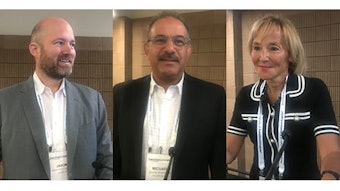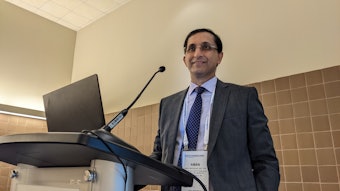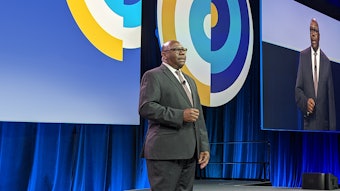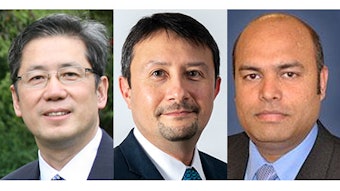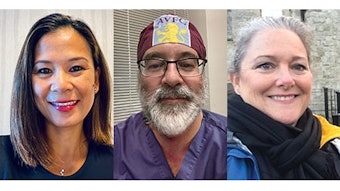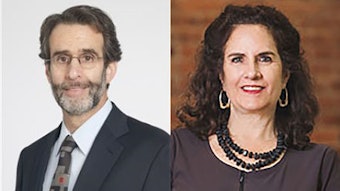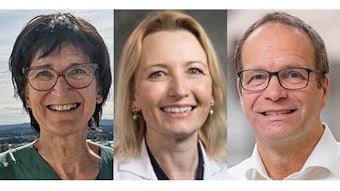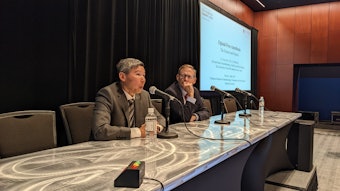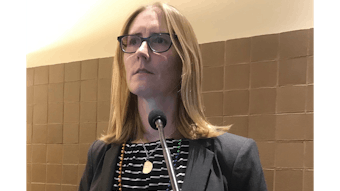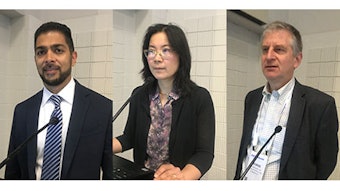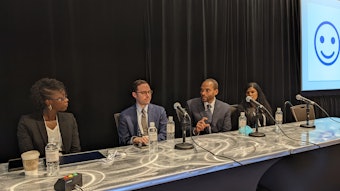New APSF recommendations on non-operating room anesthesia
Planning ahead is the first step

Providing anesthesia in the non-OR environment is always a challenge. Recommendations from the Anesthesia Patient Safety Foundation (APSF) on ways to improve patient safety in non-operating room anesthesia (NORA) can help.
“Providing anesthesia care in non-operating room locations has historically been challenging for many anesthesia providers,” said Emily Methangkool, MD, MPH, a member of the APSF Communications Advisory Committee. “We often don’t have the same standards of equipment and monitoring in these non-OR locations, like MRI, CT, and others as we do in the OR. We don’t have the same access to personnel who are used to working with anesthesiologists, and don’t have the same access to emergency supplies that we do in the OR.” Dr. Methangkool is Associate Professor of Cardiothoracic Anesthesiology and Vice Chair of Quality and Patient Safety at the University of California, Los Angeles, Department of Anesthesiology and Perioperative Medicine.
She explored these dilemmas in NORA during the 2022 session "APSF Panel: Challenges in Non-Operating Room Anesthesia." NORA has not been a major focus in the past, she noted, but the growing use of non-OR procedural spaces is transforming anesthesia practice in many institutions. In addition to imaging, anesthesiologists at many institutions may find themselves working with gastroenterologists, radiologists, cardiologists, pulmonologists, and other proceduralists they may not routinely meet in the OR.
“There are three considerations in NORA: an unfamiliar location, unfamiliar people, and unfamiliar procedures,” said Grant C. Lynde, MD, MBA, Associate Professor of Anesthesiology, Emory University School of Medicine in Atlanta. He discussed those considerations in the context of patient safety during moderate and deep sedation in NORA.
“The way you meet these challenges is to lean into the discomfort,” Dr. Lynde said. “When we’re uncomfortable with a situation, the natural reaction is to run away or avoid being engaged. The best thing any of us can do is to lean into the discomfort and engage with the providers who are there.”
Dr. Lynde suggested arriving early to become more familiar with the room setup and equipment, meeting the players, and talking about tools they are accustomed to using, such as procedural timeouts and team huddles, as a way to engage and develop relationships.
“Talking with the proceduralist to learn what they may be worried about and what their considerations are can be a bridge to share your own concerns, worries, and considerations,” he added.
One of the continuing problems in NORA is the lack of good research on patient safety in the environment and approaches that could improve safety.
“We don’t have a lot of evidence-based best practices yet, but we do have recommendations based on smaller studies in areas such as improving team communications in these procedural areas,” Dr. Methangkool said. “Work on team communication in the OR is expanding into procedural areas. It’s a little bit different from the OR because the needs are different, the personnel are different, so the kinds of scenarios and simulations we run through are different compared to the OR. That is the kind of work that is currently being done. NORA is a big part of our practice in ways that it hasn’t been in past decades. It is important to learn the latest new research, recommendations, and guidelines from experts in the field.”
Visit Annual Meeting Daily News for more articles.
